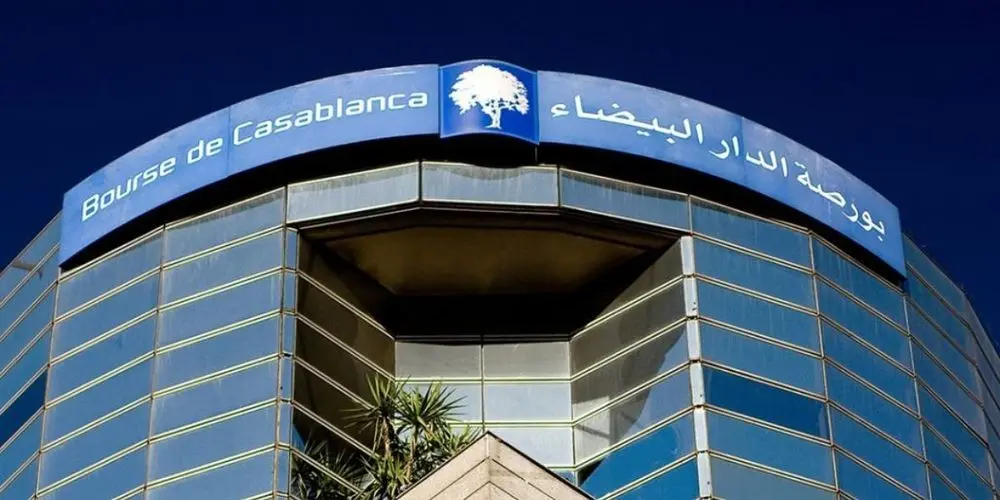Casablanca Builds a Factory for Africa’s Next Listings
Casablanca Stock Exchange’s new industrial issuer program could redefine Africa’s capital markets. With MASI20.F futures live and market cap above MAD 1 trillion, Morocco is turning industrial policy into investable equity — building issuers before investors arrive.

Casablanca’s latest reform drive has less to do with optics and more with architecture—market architecture. The Casablanca Stock Exchange (CSE) has launched a program aiming to prepare up to 30 Moroccan industrial firms for listing or debt issuance, pairing technical coaching with balance-sheet diagnostics and investor-readiness assessments. It’s a structural experiment with regional significance: how to manufacture a sustainable supply of investable companies when the private sector isn’t producing them fast enough.
The plan goes well beyond a coaching initiative. It is Morocco’s deliberate attempt to make capital markets a central instrument of its industrialization strategy, turning the exchange into a development platform rather than a passive trading venue. The timing is precise. The MASI Index has crossed the 19 000 level, total market capitalization hovers around MAD 1 trillion (≈ USD 96 billion), and derivatives trading via the MASI-20 futures (MASI20.F) has become active. Morocco’s capital-markets regulator, AMMC, has tightened disclosure standards, while the finance ministry’s 2025 roadmap targets an increase in private-sector credit from 87 percent of GDP to 100 percent by 2028. The pieces are being aligned to create a liquidity ecosystem that finances factories, not just financials.
Casablanca’s initiative signals three structural shifts. First, industrial policy is being financialized: market deepening is now directly tied to re-industrialization goals in automotive, chemicals, agri-processing, and renewables. That means upcoming listings are likely to be thematic, ESG-aligned, and export-linked. Second, the exchange is assuming a quasi-developmental role, echoing models such as Singapore’s SGX Catalyst or Malaysia’s LEAP Market, where bourses incubate SMEs until they meet listing standards. Third, diversification of the investor base is emerging as a policy goal. Foreign institutions hold roughly 15 percent of CSE capitalization, versus 35 percent in Johannesburg and 25 percent in Cairo. Broadening industrial float could improve sectoral breadth and accelerate Morocco’s shift from a frontier to an emerging-market classification in MSCI’s taxonomy.
Each African bourse faces distinct structural challenges—Casablanca’s model attacks the bottleneck from the supply side. Johannesburg’s JSE remains the continental benchmark but struggles with delistings and muted IPO flow. Morocco is addressing that bottleneck directly by building issuers before listing them—a bottom-up complement to the JSE’s top-heavy composition. Nairobi’s NSE has experimented with NEXT derivatives and SME accelerators, yet persistent liquidity fragmentation and high domestic rates (CBR ≈ 13 percent) continue to deter new floats. By contrast, Casablanca’s macro profile is stable: policy rate 3.25 percent, inflation ≈ 2.4 percent, and dirham volatility below 2 percent year-on-year as of Q3 2025.
Lagos’s NGX delivers strong domestic participation but remains hampered by FX instability (USD/NGN ≈ 1 600) and repatriation delays. Morocco’s partially convertible capital account and pegged euro-dollar currency basket give it a predictability that foreign funds increasingly prize. Cairo’s EGX, while deeper, remains vulnerable to macro shocks, while Casablanca’s gradualist, pre-listing mentorship may yield steadier corporate supply than Egypt’s episodic privatization rounds. The BRVM benefits from regional pooling but lacks Casablanca’s derivative-market infrastructure and green-finance ambitions.
For Africa’s capital markets, Casablanca’s approach reframes a long-standing problem: liquidity is not only about attracting investors—it is about creating bankable assets. The continent’s stock exchanges collectively list about 1 150 companies, yet fewer than 10 percent are from manufacturing or industry. Casablanca’s issuer-factory directly targets that gap. If successful, it could lift the MASI’s industrial weighting from 15 percent to 25 percent and inspire replication in Kenya, Egypt, or Côte d’Ivoire.
Market data strengthen the case. Since launching MASI-20 futures in 2025, CSE’s average daily turnover has risen 35 percent year-on-year to MAD 250 million, while open interest—according to AMMC’s latest data—exceeds MAD 3 billion. Futures and eventual options will allow market-makers to hedge exposures, narrowing spreads and improving institutional liquidity, both crucial for absorbing new IPOs. The logical next step is interest-rate and single-stock futures to link equity issuance with corporate-bond risk management—completing a functional risk-transfer ecosystem.
From a valuation perspective, Morocco trades at roughly 13× forward earnings—cheaper than South Africa (≈ 15×) and Egypt (≈ 14×) but above Kenya (≈ 11×). If industrial earnings pipelines broaden, multiples could expand by 1–1.5 turns as coverage deepens and index inclusion widens. The global macro backdrop remains a ceiling: the Dollar Index (DXY ≈ 105.7) and U.S. 10-year yield (US10Y ≈ 4.35 percent) constrain risk appetite for frontier assets. Yet Morocco’s local-currency bonds yield 3–5 percent, still positive in real terms—a rare combination of stability and return on the continent.
Risks persist. Morocco must ensure the issuer-readiness program converts into tangible listings. Without a visible IPO calendar by mid-2026, credibility could erode. Liquidity fragmentation also looms: an influx of mid-caps without designated market-making could widen bid-ask spreads, especially if institutional brokerage remains concentrated among a few local banks. Regulatory agility will be decisive; AMMC may need to adopt fast-track prospectus approvals or dual-tranche issuance models to maintain momentum.
Even so, Casablanca’s trajectory stands out as one of the most methodical capital-market reforms in Africa. By engineering instruments first and issuers second, Morocco is cultivating self-sufficiency in market depth. Its macro stability, advancing green-finance framework, and alignment of industrial and capital-market policies offer an investable narrative few peers can match.
In an era where African exchanges are losing listings faster than they gain them, Casablanca’s message is disarmingly simple: liquidity doesn’t begin on the trading floor—it starts in the factory. And for now, Morocco is building those factories with financial blueprints sturdy enough to last.





